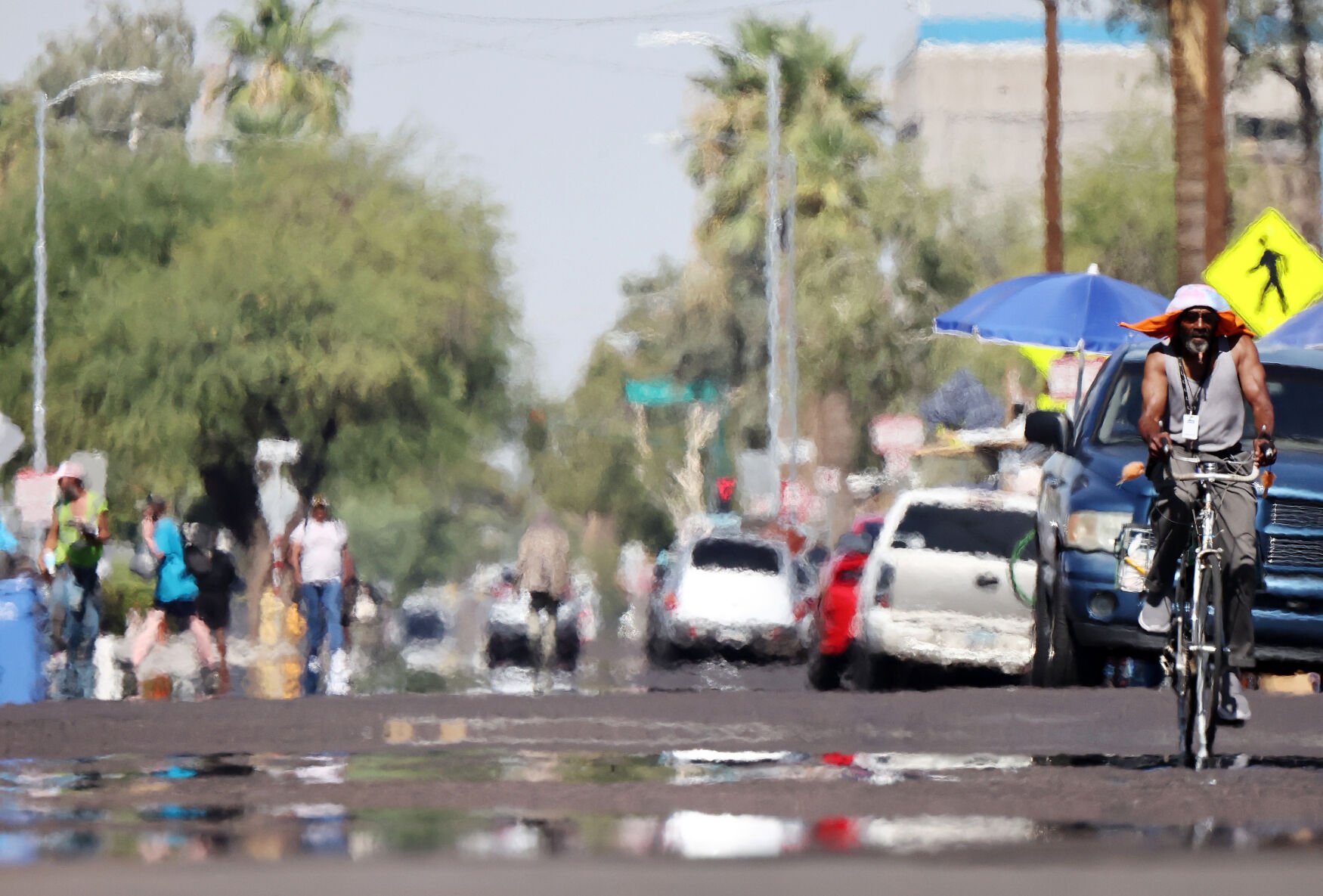
PHOENIX, ARIZONA - JULY 25: A person rides a bicycle as heat waves shimmer, causing visual distortion, as people walk in the 'The Zone', Phoenix's largest homeless encampment, amid the city's worst heat wave on record on July 25, 2023 in Phoenix, Arizona.
While Death Valley, California, has long been considered the hottest place in the U.S., Phoenix, Arizona, leads as the nation’s hottest largest city. With 100-degree days having already hit the metro area, county and city officials launched their annual heat awareness campaign to help prevent more heat-related deaths, especially after the last two record-setting years saw over 1,200 people die due to extreme heat.
The Maricopa Association of Governments, a coalition of local and state officials who oversee county-wide measures, launched its Heat Relief Network on May 1, marking the beginning of extreme temperature season.
Maricopa County is the hottest, most-populated county in the state, with over 4.5 million residents, according to the U.S. Census — close to 62% of the total population of Arizona — experiencing average maximum temperatures as high as 112 degrees, according to 2024 data from the National Weather Service (NWS) in Phoenix.
In 2024, the county registered 602 heat-related deaths, according to preliminary findings reported by the Division of Epidemiology and Informatics at the Maricopa County Department of Public Health. At least eight deaths remain under investigation.
The health department categorizes heat-related deaths as cases where heat was either a contributing factor or the primary cause of death, mainly impacting unhoused individuals. At least 61% of 2024 confirmed deaths were heat-caused, according to preliminary findings, while half of overall deaths were that of people experiencing homelessness.
“Heat deaths are preventable,” said Dr. Nick Staab, Chief Medical Officer for MCDPH, in a press release announcing the launch of the network. “Last year’s decline in heat-related deaths shows that coordinated, community-based efforts work. But the danger of extreme heat remains very real, particularly for people without stable housing, older adults and people who use substances.”
Higher temperatures call for greater measures
The first three-digit day of 2025 was recorded on April 10. Since then, the Valley of the Sun has experienced only a handful of triple-digit days, but as the summer approaches, temperatures are on the rise.
Phoenix typically sees an increase in late April and early May, with days averaging between 85 and 95 degrees, according to NWS. As early as June, the area can begin to see triple-digit daily highs that can last well into the fall.
This summer, according to NWS’s Climate Prediction Center, the Southwest will experience above-normal temperatures. In 2024, Phoenix saw its hottest year to date, with a 78.6-degree daily average throughout the year.
Despite that record, however, 2024 marked the first year Maricopa County recorded a decrease in year-over-year heat-related deaths, with 645 people losing their lives due to extreme heat in 2023.
According to health officials, the drop is indicative that preventative measures are working.
In an effort to keep with the downward trend, government officials, nonprofits, faith-based organizations and businesses launched the network, offering over 200 heat-relief stations and heat awareness resources to the populous county.
Residents can find their nearest station by calling 211 or by inputting their address on the Heat Relief Network website at https://hrn.azmag.gov/. Bilingual operators are available from 9 a.m. to 7 p.m. to help English and Spanish speakers find nearby cooling centers and transportation, request utility support and report emergency A/C repairs.
The stations are open through the end of September.
Tips for staying safe during high-temperature months
According to the Maricopa County of Public Health, residents should:
Stay hydrated; drink water before you feel thirsty.
If you’re sweating heavily or active for long periods, consider drinks with electrolytes to help replace salts and minerals.
Wear lightweight, light-colored clothing and a wide-brimmed hat.
Use air conditioning whenever possible. Fans alone are not effective when temperatures exceed 95°F.
Check on older adults and people living alone often. If something increases their risk, like losing power or air-conditioning, you can help them get to a safer, cooler place.
Never leave children, pets or anyone else in a parked car.
Find nearby cooling and respite centers starting May 1: azmag.gov/heatrelief
Access heat relief services: Call 2-1-1 or visit maricopa.gov/heat

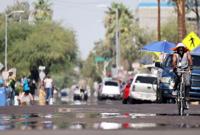





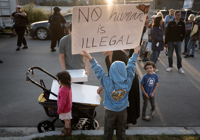

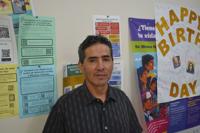



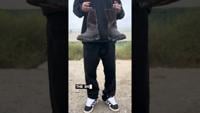
(0) comments
Welcome to the discussion.
Log In
Keep it Clean. Please avoid obscene, vulgar, lewd, racist or sexually-oriented language.
PLEASE TURN OFF YOUR CAPS LOCK.
Don't Threaten. Threats of harming another person will not be tolerated.
Be Truthful. Don't knowingly lie about anyone or anything.
Be Nice. No racism, sexism or any sort of -ism that is degrading to another person.
Be Proactive. Use the 'Report' link on each comment to let us know of abusive posts.
Share with Us. We'd love to hear eyewitness accounts, the history behind an article.